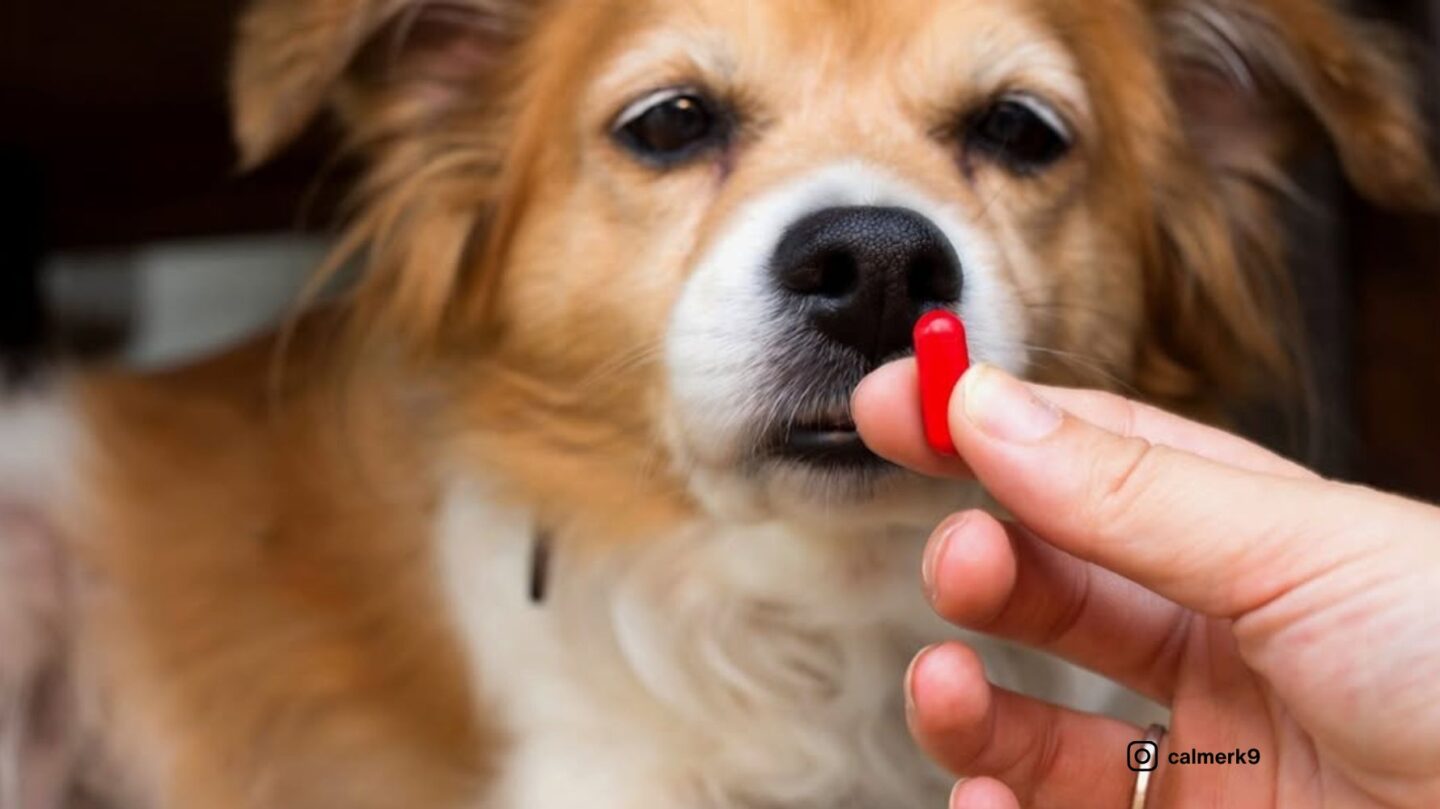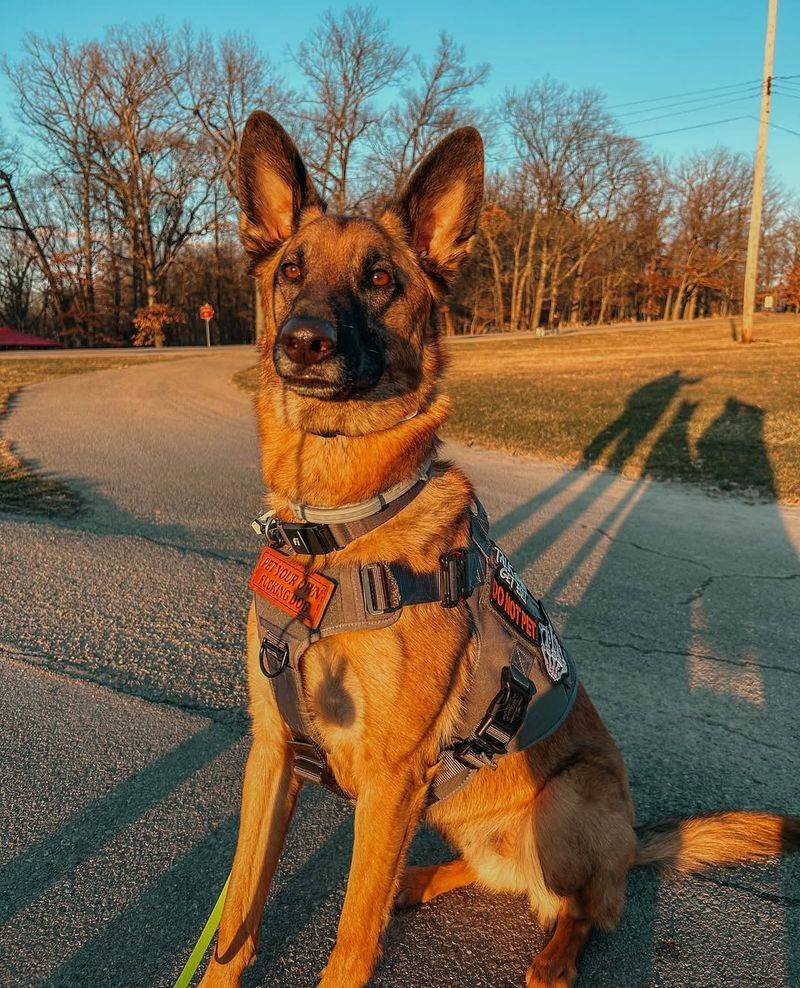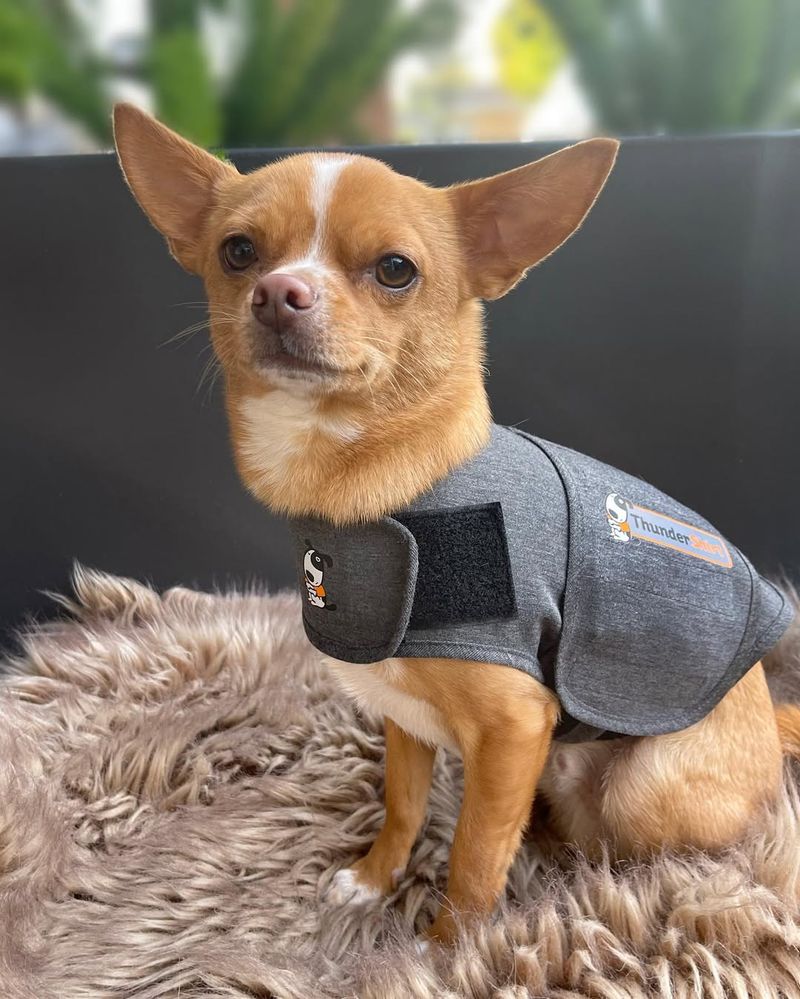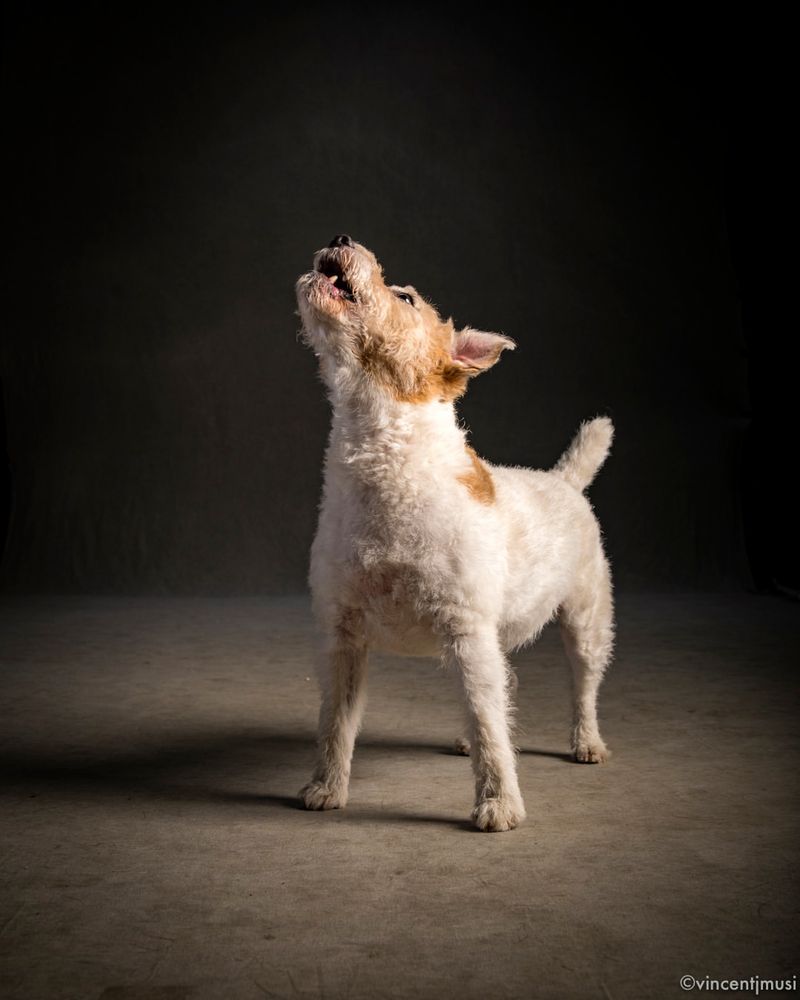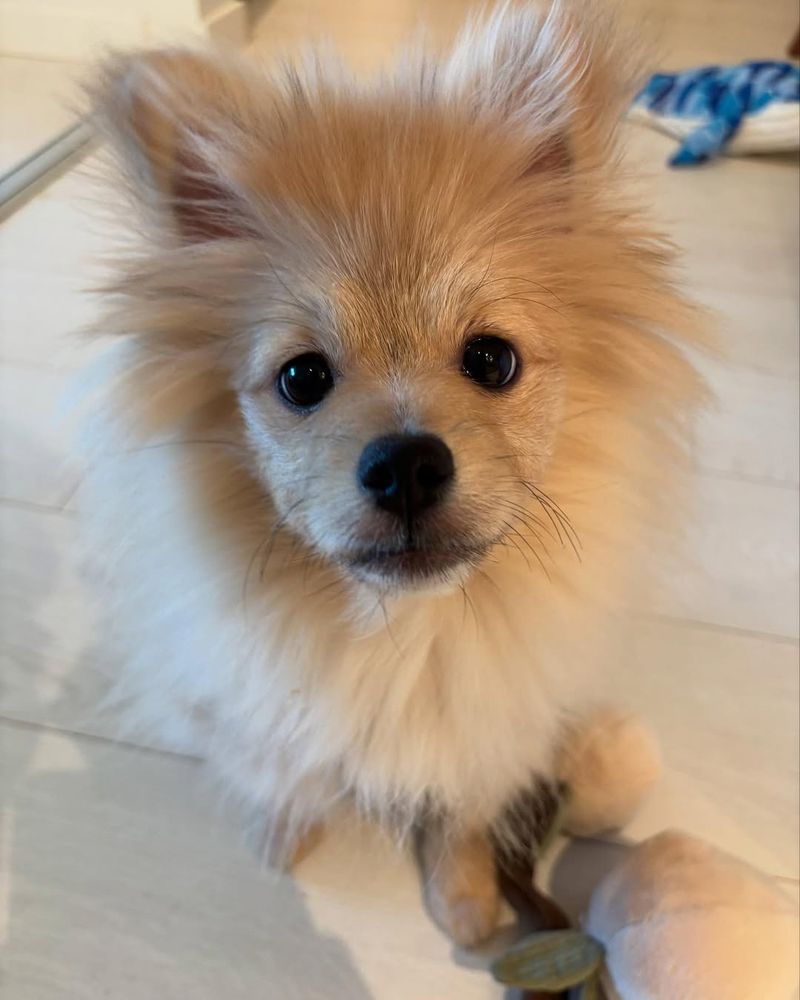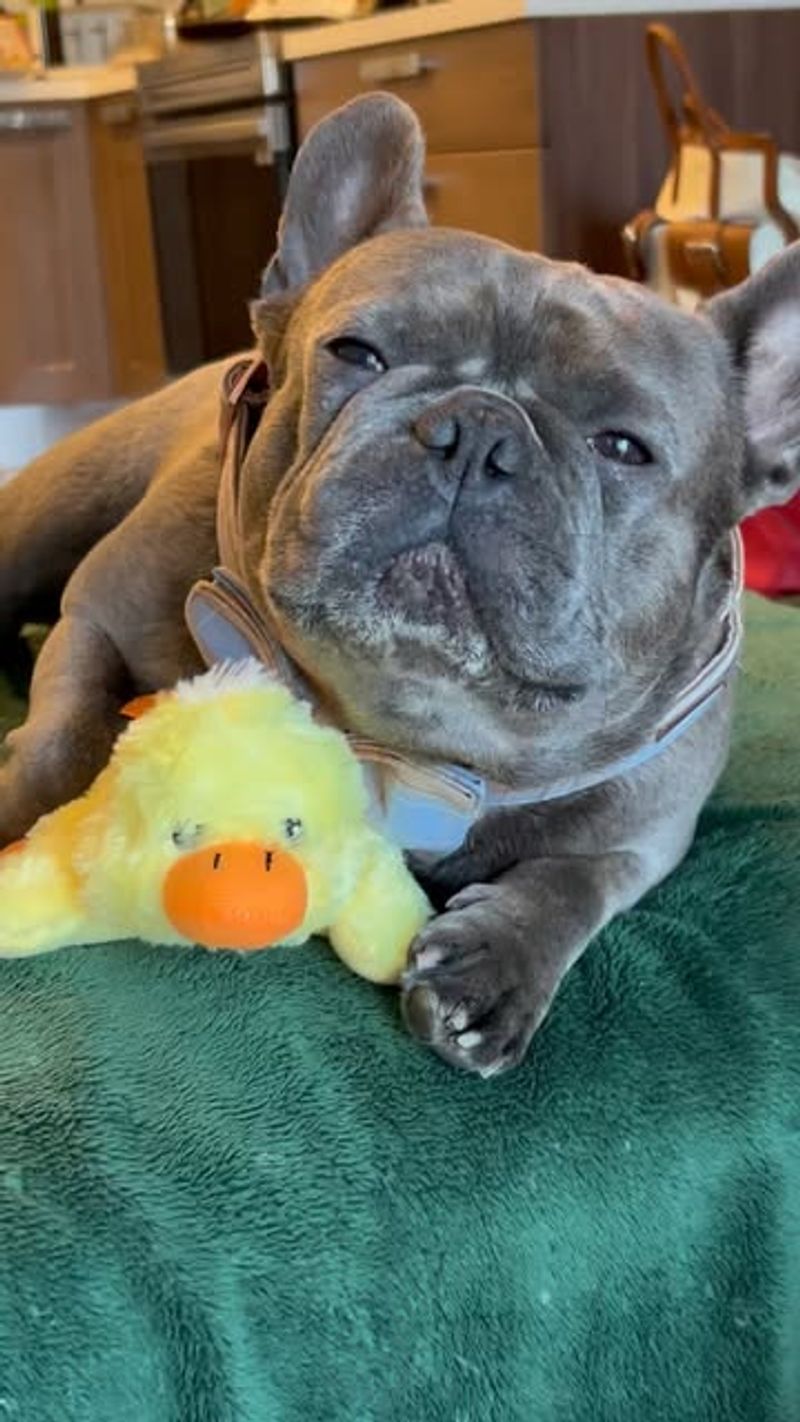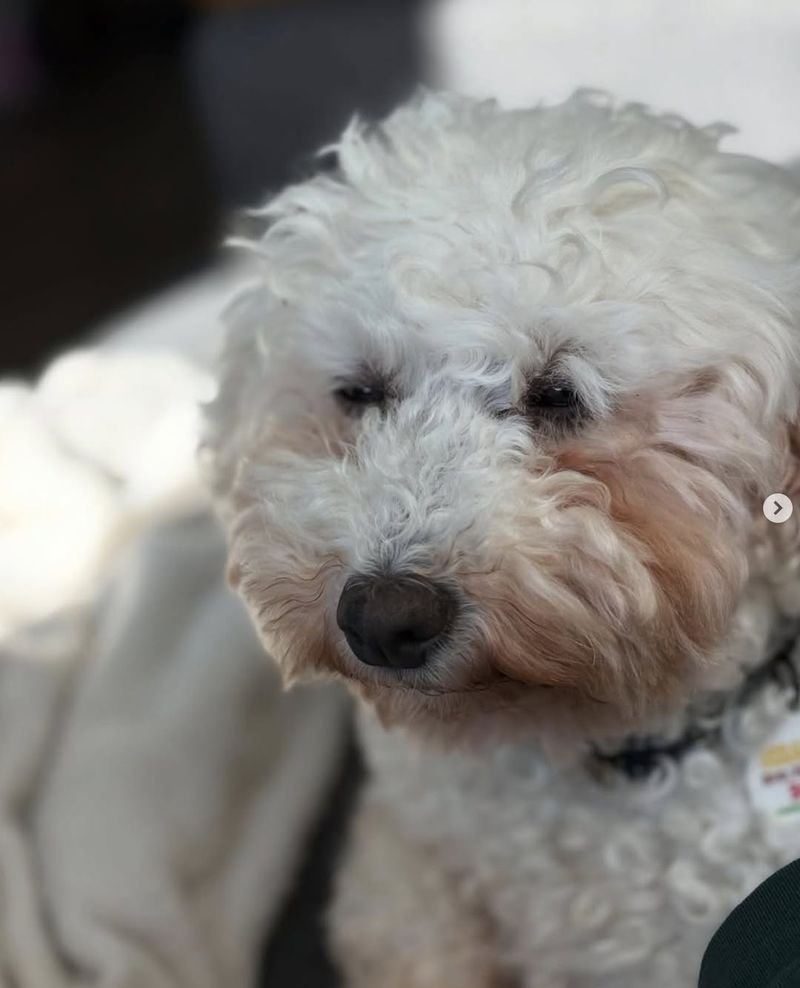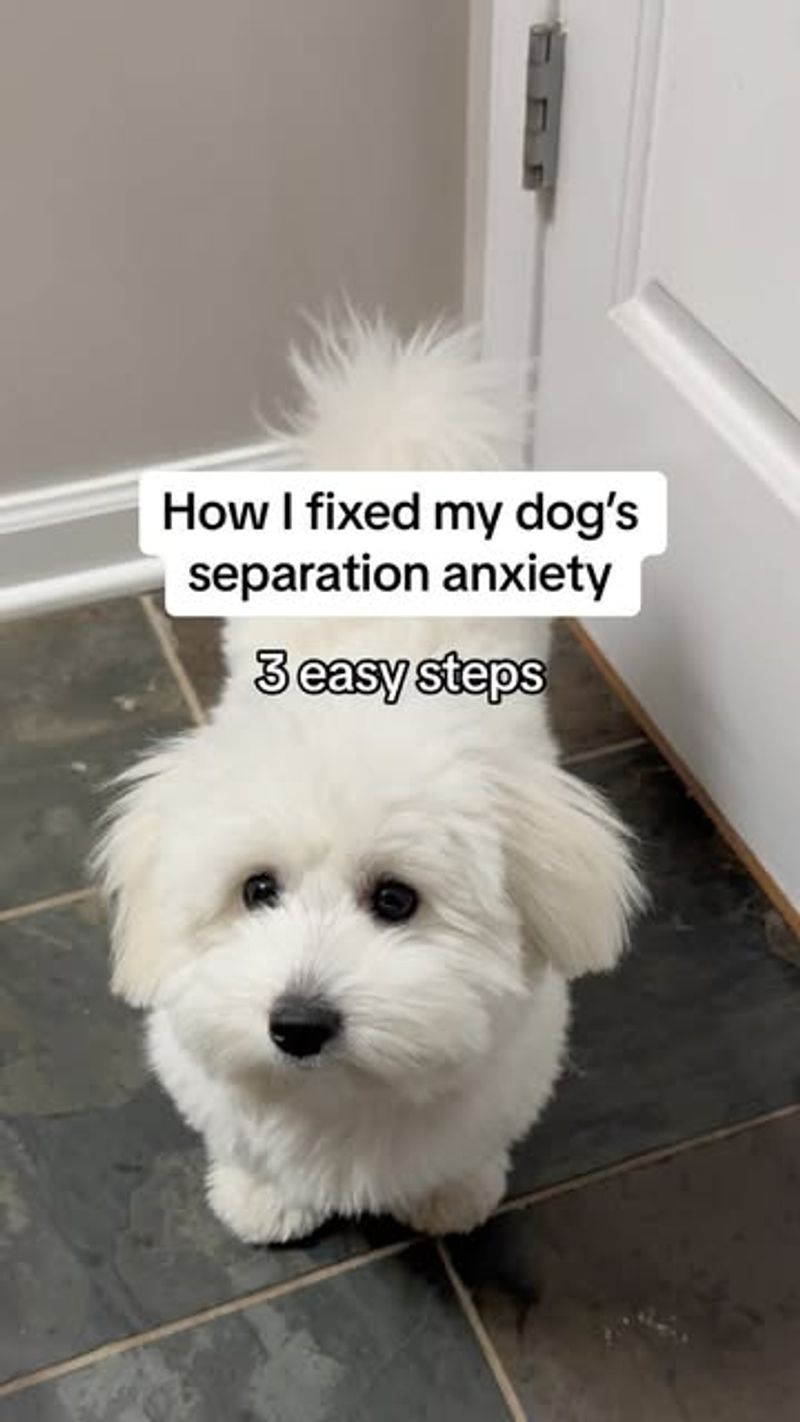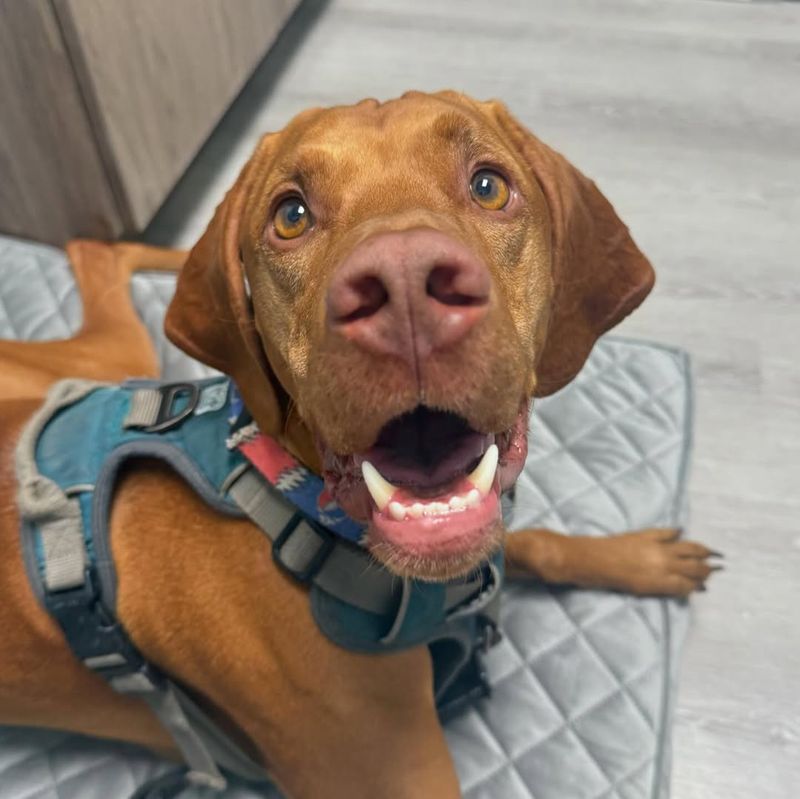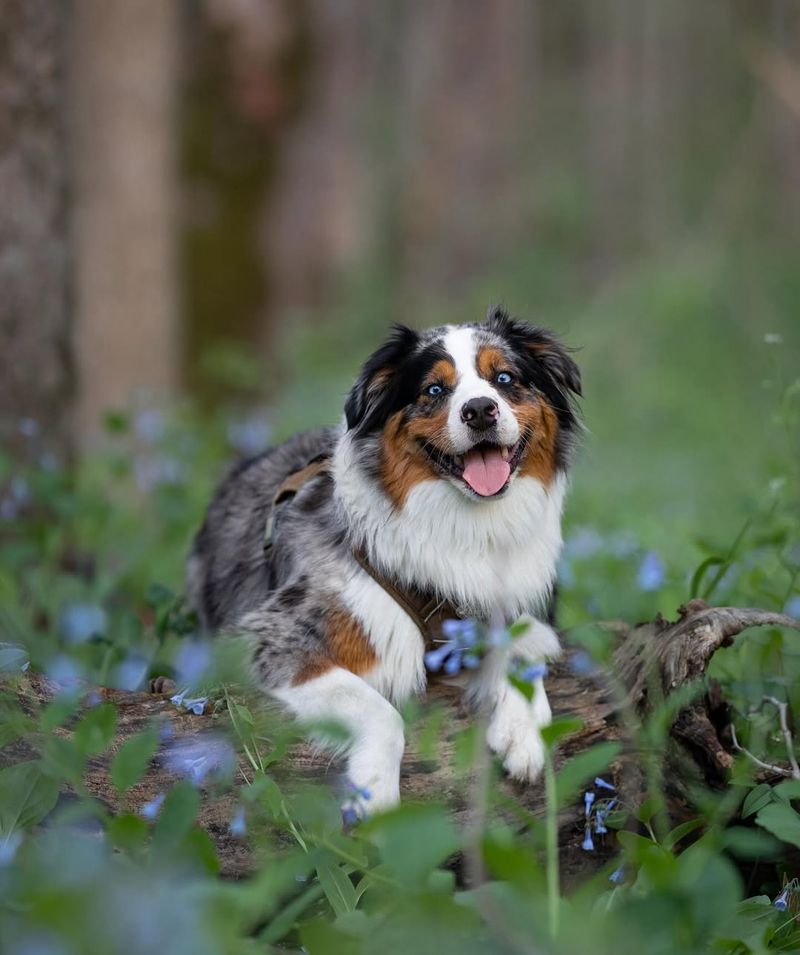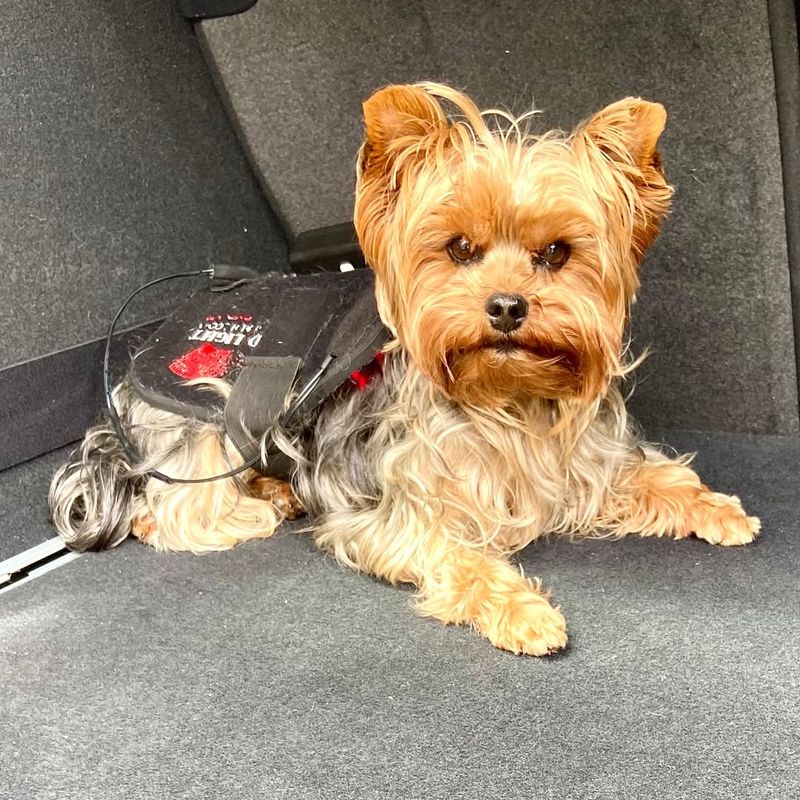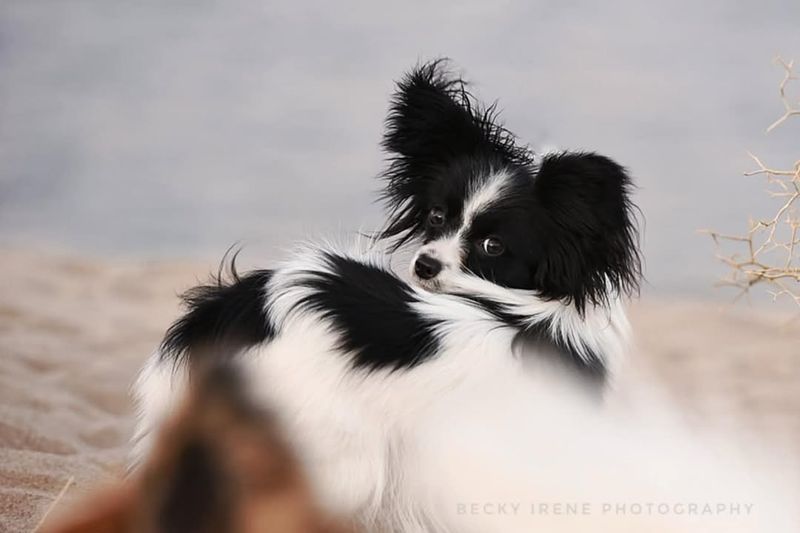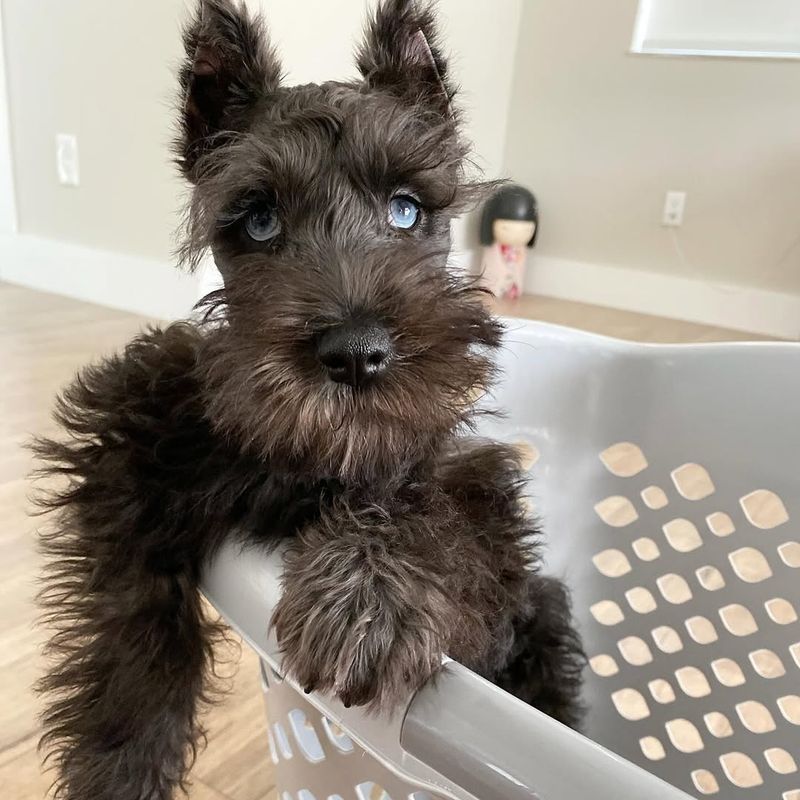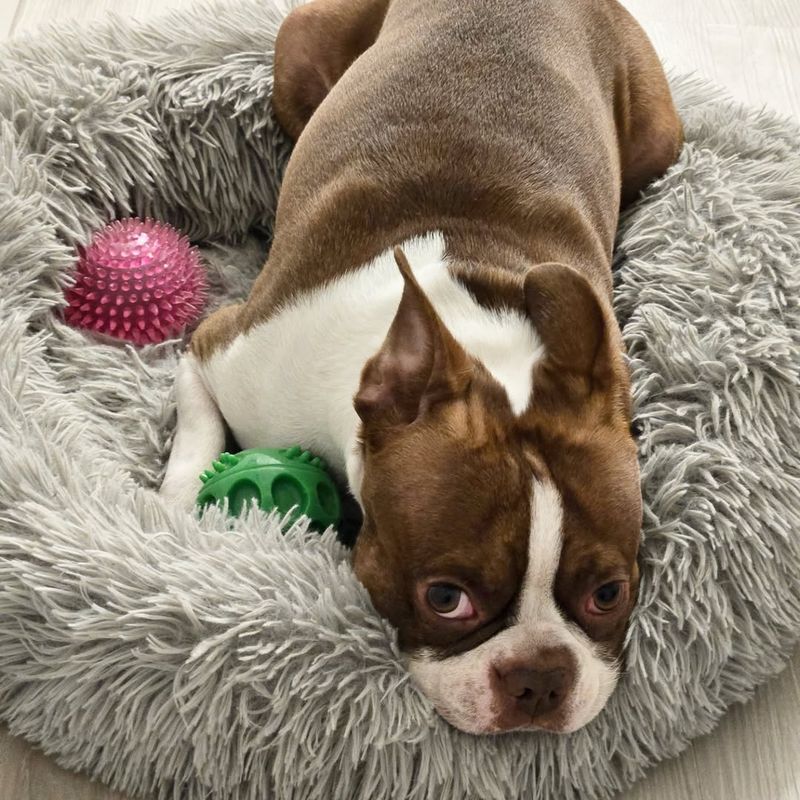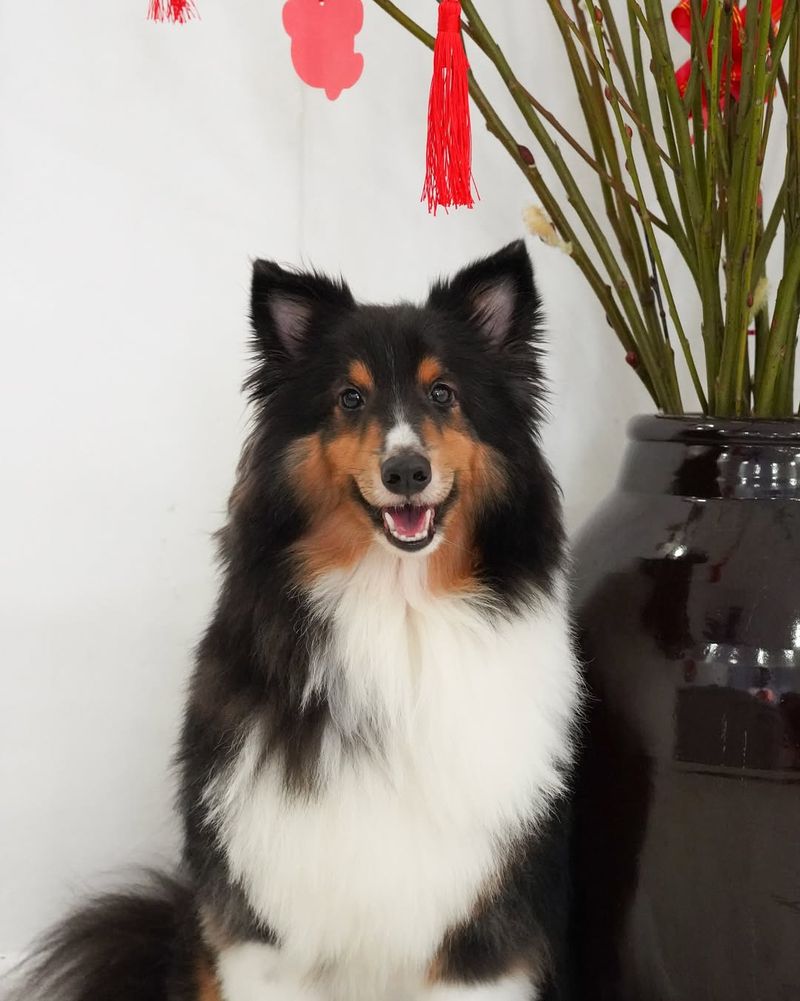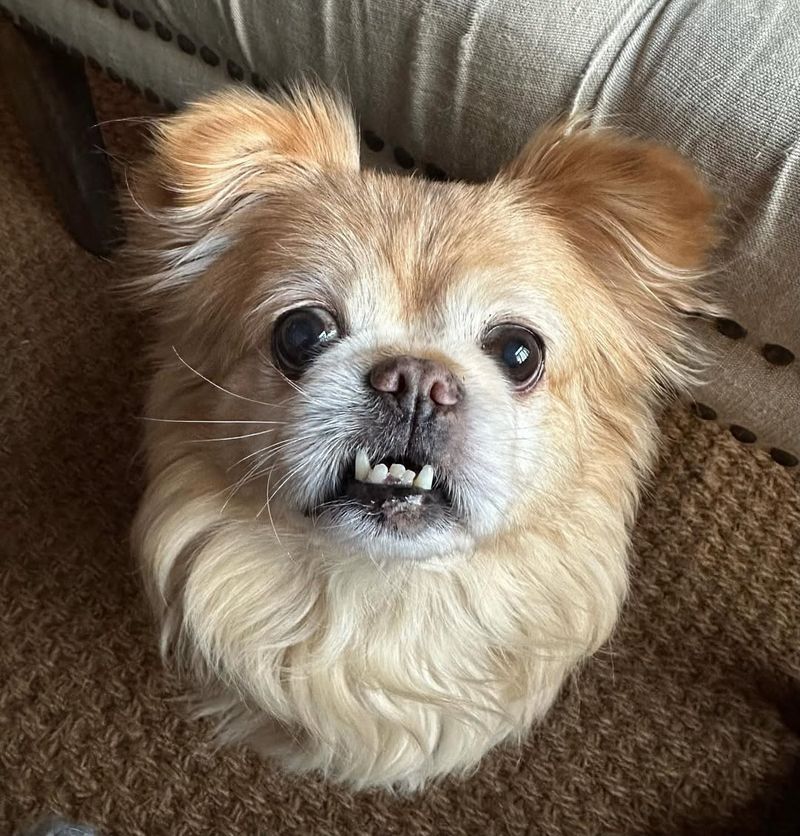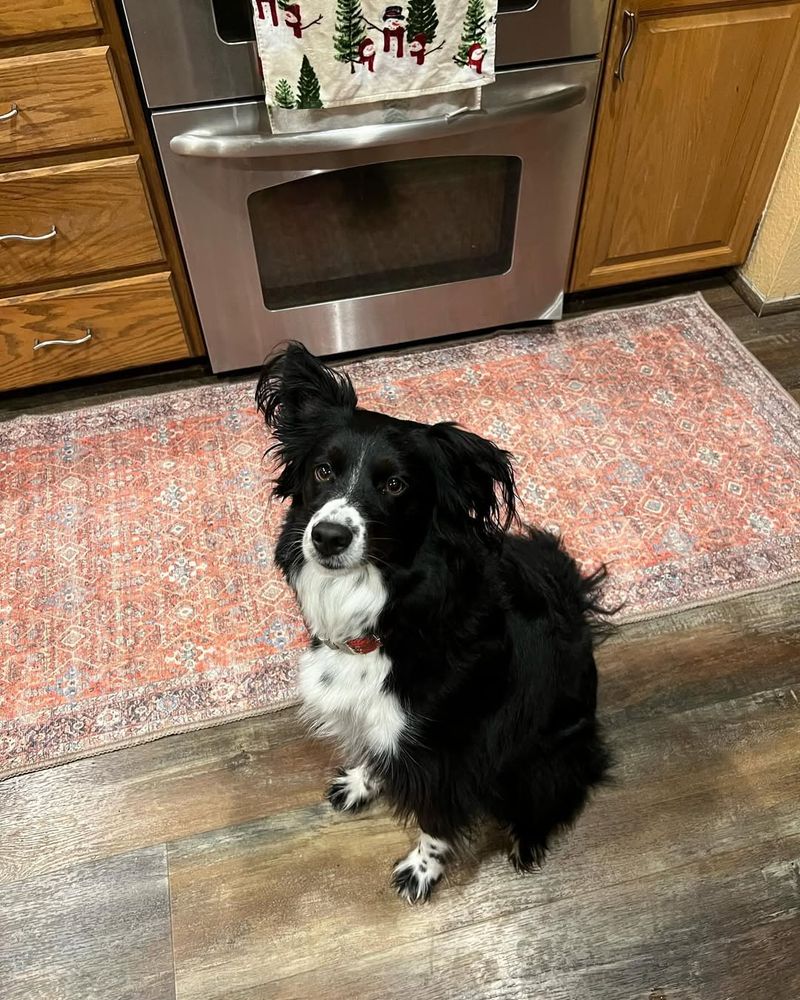Many dog breeds form deep attachments with their families, making alone time challenging. Some breeds are especially prone to separation anxiety, requiring extra attention and care. Understanding which breeds are most affected can aid in choosing the right companion and ensuring their emotional well-being. Here, we explore 26 dog breeds known for such traits, offering insights into their behaviors and needs.
Labrador Retriever
Labrador Retrievers are well-known for their friendly and loving nature. This breed thrives on human interaction and can struggle when left alone. Often dubbed as social butterflies, they may exhibit anxious behaviors like barking or chewing if separated from their family for too long. To help manage their anxiety, consider engaging them with puzzle toys or arranging for a dog sitter when you’re away. Regular exercise and mental stimulation can significantly improve their mood and reduce stress.
German Shepherd
German Shepherds are loyal and protective, making them excellent companions. However, their strong attachment to family can result in anxiety issues when left alone. They might express their distress through barking or pacing. Engaging them in obedience training and providing them with toys that challenge their intellect can be effective in easing separation anxiety. Consistent routines also help stabilize their emotional state.
Chihuahua
Chihuahuas, despite their small size, have big personalities and often form strong bonds with their owners. This can make them prone to separation anxiety. They may become nervous or exhibit signs of stress when left alone for extended periods. To alleviate this, create a comforting environment with toys and perhaps a piece of clothing that smells like you. Short, frequent departures can help them adjust gradually.
Jack Russell Terrier
Jack Russell Terriers are lively and intelligent, often requiring a lot of attention. Without it, they may develop separation anxiety, expressed through barking or digging. These energetic dogs thrive on interaction and need a variety of activities to keep them engaged. Regular exercise and mentally stimulating games can greatly reduce their stress levels, making time apart more manageable.
Cocker Spaniel
Cocker Spaniels are affectionate and gentle, often becoming very attached to their families. Their sensitive nature makes them susceptible to separation anxiety. They may become withdrawn or display destructive behavior when left alone. Providing them with comforting toys and establishing a routine can ease their distress. A consistent schedule helps them feel secure and loved.
Italian Greyhound
Italian Greyhounds are known for their elegance and affectionate disposition. They often require companionship and attention from their human family. When left alone, they might become anxious, leading to undesirable behaviors. To support their well-being, ensure they have access to cozy resting spots and consider using calming music to soothe them during absences.
Pomeranian
Pomeranians, with their fluffy coats and spirited nature, can be prone to separation anxiety due to their strong attachment to their owners. They may bark excessively or exhibit stress-related behaviors when left on their own. To counteract this, provide them with interactive toys and consider a pet companion to keep them company when you’re not around.
French Bulldog
French Bulldogs are charming companions, often forming deep bonds with their humans. This makes them susceptible to separation anxiety. When alone, they may become anxious and bark or whine excessively. To help ease their anxiety, provide them with chew toys and ensure they have plenty of playtime. Creating a cozy, secure space can also comfort them during your absence.
Bichon Frise
Bichon Frises are known for their cheerful nature and love for human company. They can experience separation anxiety if left alone frequently. These dogs might show signs of distress through barking or destructive behavior. To prevent this, provide them with ample interactive toys and consider enrolling them in doggy daycare for socialization and exercise.
Cavalier King Charles Spaniel
Cavalier King Charles Spaniels are affectionate and often form strong bonds with family members. Their loving nature can lead to anxiety when separated from their humans. They may become withdrawn or exhibit signs of stress. To help, maintain a routine that includes playtime and affection. Comfort toys and a calm environment can also reduce their anxiety levels.
Dachshund
Dachshunds are playful and curious, forming deep attachments with their family. This can result in anxiety when left alone for extended periods. They may express their discomfort through whining or chewing. To manage this, establish a routine with engaging activities and provide them with toys that challenge their problem-solving skills.
Maltese
Maltese dogs are known for their affectionate nature and desire for companionship. They often become anxious when separated from their family. Signs of their anxiety may include barking or destructive behaviors. To ease this, create a comforting environment with toys and consider leaving a piece of clothing with your scent to reassure them.
Whippet
Whippets are gentle and affectionate, often forming strong bonds with their families. They can become anxious when left alone. Their anxiety may manifest in restlessness or whining. To help soothe their nerves, ensure they have a comfortable place to rest and consider using white noise machines to create a calming atmosphere.
Shih Tzu
Shih Tzus are known for their friendly disposition and love for their human companions. They can develop separation anxiety if left alone too often. This breed might show signs of stress through barking or pacing. To alleviate their anxiety, provide them with interactive toys and establish a consistent routine that includes plenty of play and affection.
Vizsla
Vizslas are energetic and affectionate, often requiring close companionship with their owners. When left alone, they may develop separation anxiety. They might display their distress through barking or destructive behavior. To manage their anxiety, ensure they have enough exercise and provide mental stimulation with interactive toys or games.
Australian Shepherd
Australian Shepherds are intelligent and energetic, often forming strong bonds with their humans. Separation anxiety can occur if they feel left out of family activities. Signs include barking or chewing. To help, provide them with plenty of exercises and mental challenges. Consistent training and socialization can also help ease their stress.
Beagle
Beagles are curious and friendly, forming deep attachments with their families. They often struggle with alone time, leading to separation anxiety. Their anxiety may manifest as howling or digging. To ease their anxiety, provide them with engaging toys and consider having a companion pet to keep them company during absences.
Yorkshire Terrier
Yorkshire Terriers are small but spirited, known for their strong bonds with their owners. They might develop separation anxiety when left alone. Signs of their distress include barking or chewing. To help, create a comforting environment with toys and consider leaving a piece of clothing with your scent to reassure them.
Papillon
Papillons are known for their playful and affectionate nature. They often form strong attachments to their human family, making them prone to separation anxiety. They may display their distress through barking or whining. To help, provide them with interactive toys and establish a routine that includes plenty of play and affection.
Miniature Schnauzer
Miniature Schnauzers are intelligent and lively, often forming deep bonds with their family. This can lead to separation anxiety if left alone too frequently. Signs of their anxiety include barking or digging. To help manage their anxiety, provide them with engaging toys and consider enrolling them in obedience classes for socialization and mental stimulation.
Boston Terrier
Boston Terriers are gentle and affectionate, often forming strong attachments with their families. They can experience separation anxiety when left alone. Their anxiety may manifest through barking or chewing. To help, establish a consistent routine with plenty of exercises and consider leaving a piece of clothing with your scent to provide comfort.
Havanese
Havanese dogs are known for their friendly disposition and love for their humans. They often develop separation anxiety when left alone. Signs include barking or destructive behaviors. To ease their anxiety, provide them with engaging toys and consider having a pet sitter or taking them to doggy daycare for socialization.
Shetland Sheepdog
Shetland Sheepdogs are intelligent and affectionate, forming strong family bonds. They may develop separation anxiety when left alone for long periods. Their anxiety might lead to barking or pacing. To manage this, ensure they have plenty of exercises and mental stimulation. A consistent routine can also help ease their stress.
Pekingese
Pekingese are independent yet affectionate, often forming close bonds with their families. They might experience separation anxiety if left alone too often. Signs of their anxiety include barking or withdrawal. To help, provide them with engaging toys and ensure they have a comfortable resting space to feel secure and loved.
Toy Poodle
Toy Poodles are intelligent and sociable, often forming deep attachments with their owners. When left alone, they might experience separation anxiety. Their anxiety might manifest as barking or pacing. To help manage their stress, ensure they have plenty of mental stimulation and consider leaving a comforting item such as a piece of clothing with your scent.
Border Collie
The Border Collie, renowned for its intelligence and energy, is a breed that craves constant companionship and stimulation. This highly intelligent dog excels in activities that challenge its mind and body. Without ample interaction, Border Collies can become anxious, often engaging in destructive behaviors as an outlet. Engaging them with puzzle toys and agility training can help channel their energy positively. It’s crucial to provide them with consistent mental and physical challenges. Owners should ensure that their Border Collie has an active lifestyle, filled with varied activities and sufficient attention, to keep anxiety at bay.
